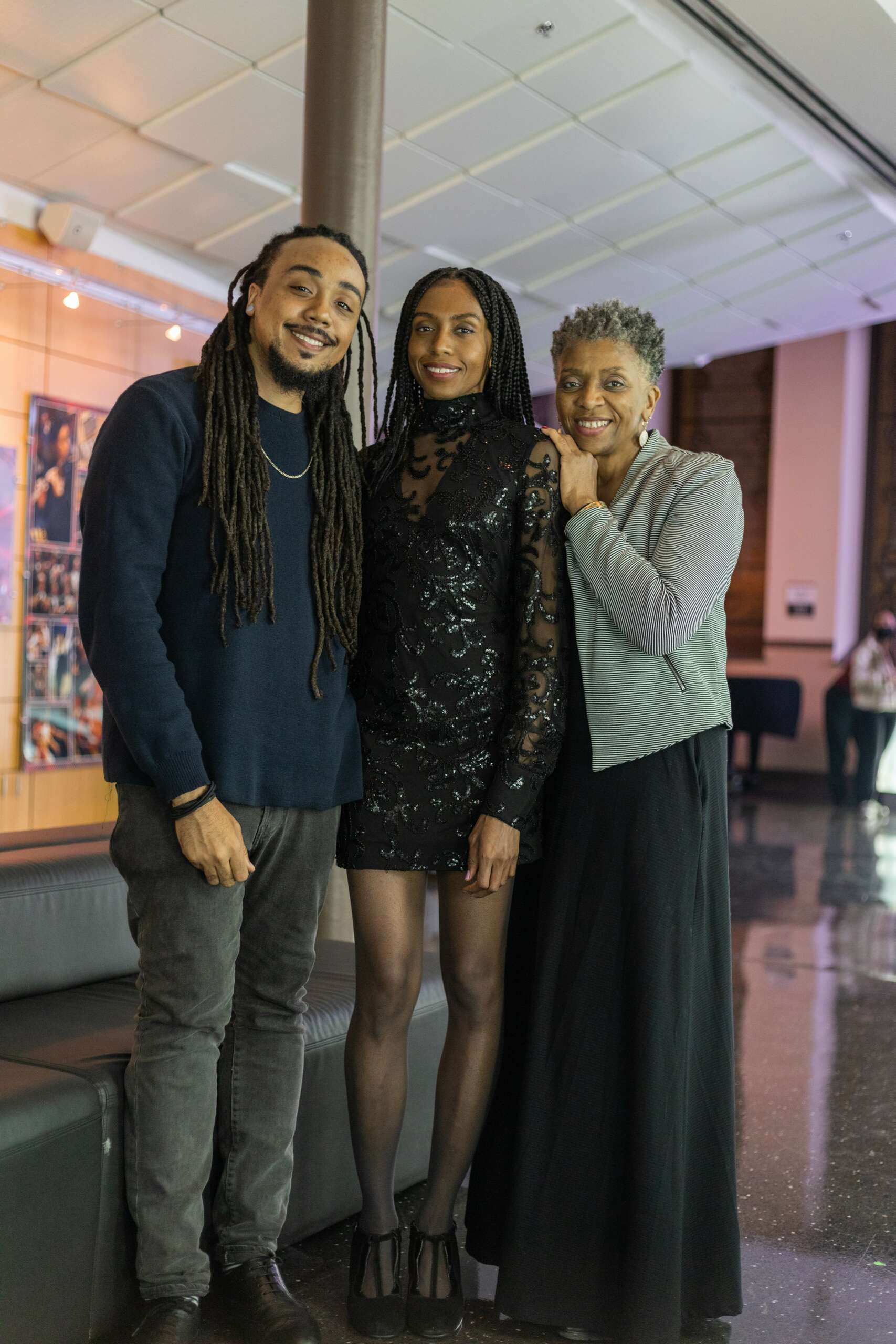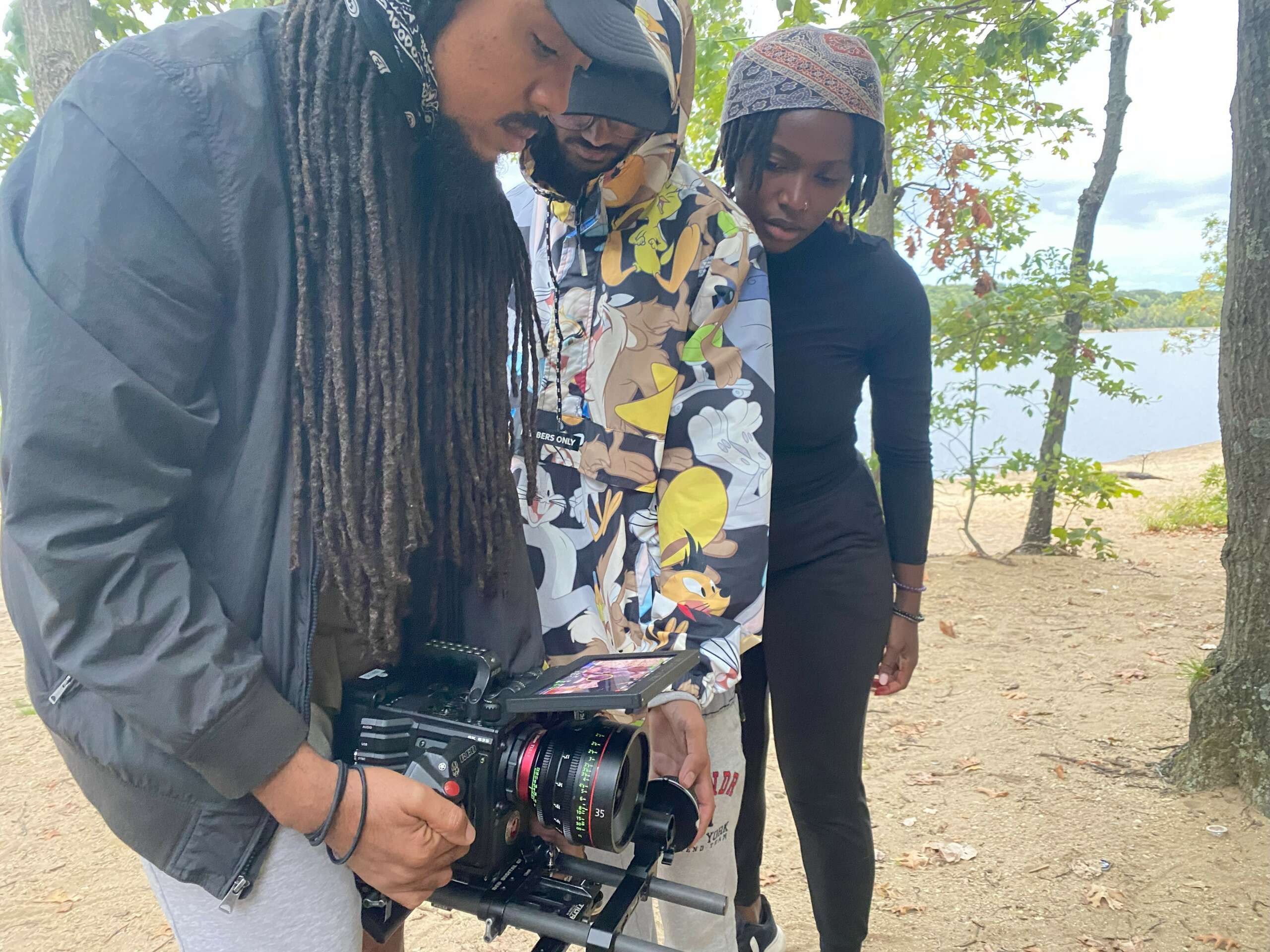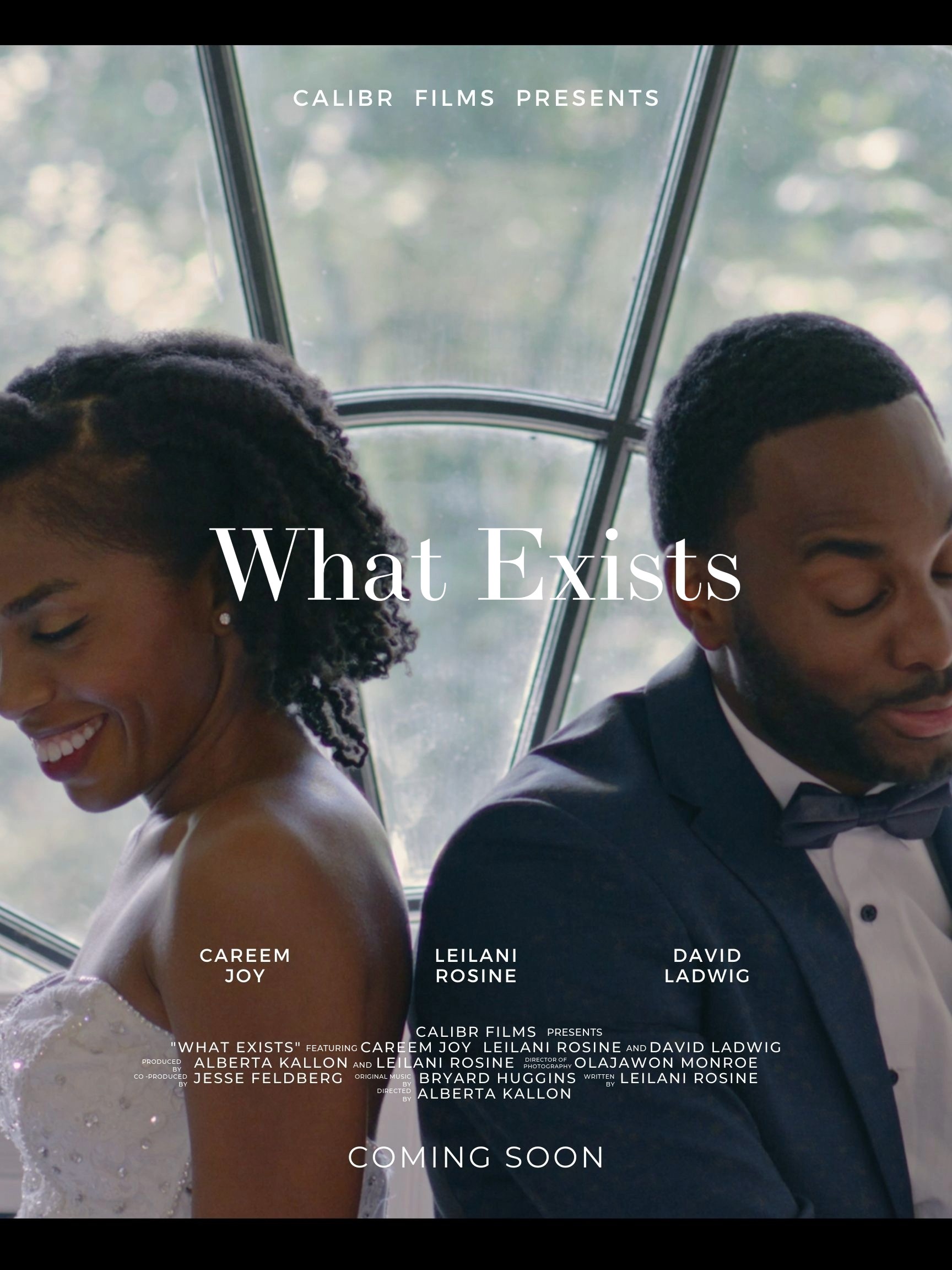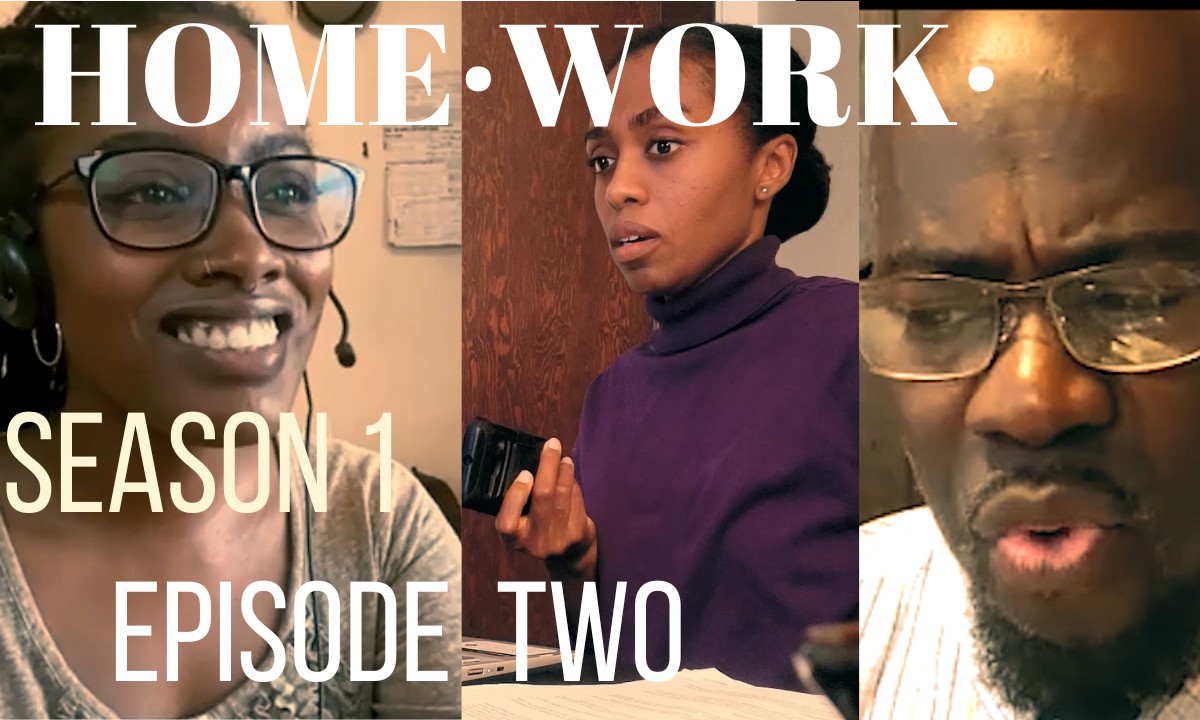We recently connected with Leilani Rosine and have shared our conversation below.
Leilani, appreciate you joining us today. It’s always helpful to hear about times when someone’s had to take a risk – how did they think through the decision, why did they take the risk, and what ended up happening. We’d love to hear about a risk you’ve taken.
I think the environment and work of what any actor does is always full of risk. One of the biggest risks I took was when I decided to focus more on film, coming from a background in theater. Most of my training and most of the work I did growing up in New York was theater based. When I was in 3rd grade, I was mesmerized with acting after being in the school play. My mom, who is an artist, was all for it; and dedicated her time to bringing me to auditions and classes. Places like the TADA! Children’s Theater, and people like Ben Harney, who became my mentor, really helped me harness and develop a love for the art and its craft. Janine Nina Trevens (the artistic director of TADA!) and Ben Harney really helped lay the foundation for me to be able to travel and do regional theater. Even though I’d done some commercial work, and a little bit of film and television, most of my experiences were on the stage. It was where I felt most comfortable. But I realized nothing would change if I didn’t. So I took the risk and stopped auditioning for theater altogether. Oy. Outside of the productions I did with the drama ministry at my church, I felt like my decision was absolutely crazy. Little did I realize that everything was about to change with the pandemic.
When the pandemic hit, theaters were closed and in person performances stopped. We were left with the camera as our sole way of interacting with each other visually. I was immediately laid off from my job due to the shutdown, and I didn’t know what I would do next. But I eventually took the risk of investing in classes online with HB Studio to learn more about film. I feel like it was one the best risks I could’ve taken because of what I learned watching the work of my fellow classmates and our teacher Victor Cruz. These two risks of me deciding what I would focus on (at the cost of saying no to what I was comfortable with) and then investing in it, led to my being cast in film productions. Films that explored the type of work I’d always wanted to try. Taking these risks also led me to begin writing and producing the types of stories I’d wanted to tell, but didn’t often see being told with people who looked like me.


Awesome – so before we get into the rest of our questions, can you briefly introduce yourself to our readers.
I got into the industry after doing my first school play in the 3rd grade. It was called “Billy and the Bad Germs”, and after we’d performed it, I knew this was what I wanted to do. My mom, who had already been taking me to dance classes at the Dance Theater of Harlem from the time I was 4, was all for it. Then a fellow student at my school told me about auditions for the TADA! Children’s Theater Company, and that became my entry point into not only the profession but my desire to learn more about the craft. I began to work professionally in film, tv, and theater; and was truly blessed to be able to attend the LaGuardia Arts High School as a drama major. In my senior year, I was selected by the National Foundation For the Advancement of Artists (YoungArts) to attend the Miami Arts Week Competition, and became a Theater Spoken Only Level II Award Recipient. One of the judges, Dwight Bacquie, let me know about the California Institute of the Arts. Through a tremendous scholarship, I earned my B.F.A from the School of Theater in Acting. While there I also began to study screenwriting, and even had the life-changing experience of training and performing abroad in New Zealand at the National Drama School Toi Whakaari. I got to perform in regional theater and at venues including Lincoln Center, REDCAT (Los Angeles), The Lorraine Hansberry Theater (San Francisco), The Newman Center Opera House (CO), The New Federal Theater and The Workshop Theater.
I’m also grateful for the opportunities I’ve had to work in independent film with different directors. Working with director Jaran Huggins in his film “Sheet Music” was monumental for me because he didn’t want me to think about the character as someone else. Even though the piece is set in the 1930s, he said “just do it as yourself”. It is because of him, my tremendously talented co stars Ty Norwood Jr. and Isa Camyar, and the fierce crew and producers that I was able to win for Best Breakout Performance at the First Glance Philadelphia Film Festival. Another independent film I got to work on was “The Therapy Sessions”, by visionary director McGregory Frederique which is currently doing its festival run. Working with Alberta Kallon, an incredible film director from Sierra Leone, I loved not only bringing her vision to life in her film “The Fittest”, but that I was getting to work with a female film director! As my work usually leans toward characters in dramas or dramedies, I marveled at how much peace, safety and calm she brought to the set. It was what prompted me to ask her to direct my short film that I’d written, “What Exists”. I’m so glad that she not only said yes, but that she came on as a producer as well. Another female film director is Aya Bogod, who directed and wrote the most recent film I was in called “Anything Helps”. This time I got to work on screen with the one and only Dominique Turner. It was the first time I got to work with a co-star who was only 7 years old, and I learned so much from her. Also the insight and poignant guidance that Aya led us with, created something that I will never forget and am thankful for. Last year I also got to be in my first feature thriller film, directed by Gokul Pann, which was a dream come true and I am so excited to see it. I am also excited to begin filming next for season 2 of the series “Shoutout 2 My Therapist” written and directed by the incredible Stefanie Philpott.


We’d love to hear a story of resilience from your journey.
I think with risk, comes the opportunity for resilience. One moment where resilience was needed, was when both my mom and my brother became ill during the lockdown. I feel like I went into an internal cave, not knowing how to help them, while the rest of the world was experiencing the same thing and had no answer for it.
The pandemic was a time when people felt incredibly isolated. People around the world were losing loved ones. The added explosive trauma of witnessing George Floyd’s murder in a time where humanity was most fragile, set off a trigger of anxiety and an impetus to do something. But how could I? I struggled watching my mom and brother get sick while I tried to take care of them. I wanted to run and hide because it seemed like nothing I did was working. I couldn’t leave because of the lockdown, and wouldn’t because I love them. I was bound to them, trapped with them, and had to be resilient as my faith felt like it was broken and disjointed. I needed a resilience that was not of my own strength. Eventually, I called a close friend, actress Tremane Hickman, and she let me finally break down on the phone to her as I stood helpless in my basement, so my family wouldn’t hear me. She instilled a type of resolve and comforted me with words of encouragement. Resilience often means asking for help from others when you can’t find “the well” within yourself. Another friend, producer Bradley M. Toms, helped immensely by dropping off a huge care package for my family. It was because of these two people, the prayers of my friends and family, and what I can only say is God’s grace, that I was able to help my family and watch them get better. It was hard but coming through it gave way to a second type of resilience through my writing.
As their coughs lessened and I watched their bodies become stronger, writing really became the outlet and a tool for resilience. I began to develop the first web-series I would produce with Brad Toms, “Homework”, based on all the examples I saw of how the isolation during lockdown actually brought people together. It was also the first film collaboration I got to work on with both my mom and my brother after they recovered from Covid. Dealing with the barriers of lock down pushed me towards a creative resilience as we had to find a way to film it in the given circumstances. The directors Olajawon Monroe and Brad worked with me and the incredible cast over zoom. We found ways to direct them as to where to place their cameras, iphones and webcams; and the blocking for each scene while watching them via our computer screens. My first independent short film, “The Interview”, was also written and produced during the pandemic, as a response to George Floyd’s murder and the impact of witnessing brutality against people of color repetitively. I was honored that it was chosen as an official selection for the Delta Sigma Theta Black Women in Film Showcase. Even my current short film, “What Exists”, was written and workshopped during that time. It brought about a type of resilience in me not only as a writer and actor, but also as a producer and editor. I knew I wanted more resources to tell this love story in the way it deserved. So I began a fundraising campaign on Indiegogo and applied for grants. Thankfully, through a tremendous grant from the YoungArts Foundation, and the generous donations through our online campaign, the film was made. During this time, I also formed my production company Calibr Films, as a way to produce work that adds to the diverse ways in which Black men and women are seen in film. So this resilience that we’re speaking of really was born out of the people in my village who gave me support and encouragement, and a weird type of audacity that says “I have something to say, and it matters because I’m here”.


For you, what’s the most rewarding aspect of being a creative?
Honestly, the most rewarding aspect is the continued learning from other actors and artists, and the collaboration that happens! For “The Interview”, I used music that my brother Olajawon Monroe (a.k.a AEON AKIRA) composed and produced called “The Black American’s Soundtrack”. The beauty of the piece was so apropos to the message of the film and still resonates to this day. I collaborated again with him for “Homework” as he was the director for 3 out of the 6 episodes. His genius also includes working as a Director of Photography, and so it was amazing having him as the cinematographer for “What Exists” , and seeing how he wanted to use the camera, lighting and his artistry to tell the story.
Any time I am on set, where I am cast in someone else’s project, I am always looking to learn; and am always looking to meet other people, in different areas, who seem to truly love what they do! And if there’s ever any chance where I may want to collaborate with them in the future, I try to remember them. It was through my being cast in “Sheet Music” that I learned and met the brilliant composer Bryard Huggins, who then wound up composing the score for my film. I also met Rachel Washington through that production and she became one of the editors of “What Exists”.
Working with the uniquely gifted actors Careem Joy and David Ladwig (who also lent his musical ear and wound up writing a song for the film) was more than anything I could have asked for. I learned from them by just watching them be present in front of the camera and seeing how giving they were to me and each other as fellow actors. Without my mom, without my brother, without every actor and director I’ve worked with, and without every place I’ve gotten to study and investigate, I wouldn’t be doing what I’m doing. Film is not a one man or one woman show. It truly takes a village and most times, a sea of people who are coming together to tell one story. And I just think that that is the coolest thing ever. Because you can’t do it by yourself. And that speaks to life too. How beautiful is that?


Contact Info:
- Website: https://lroselei.wixsite.com/whatexiststhefilm
- Instagram: https://www.instagram.com/leilanirosine/
- Facebook: https://www.facebook.com/leilanirosine1
- Other: https://www.instagram.com/whatexiststhefilm/
Image Credits
Leilani Rosine and Careem Joy; Dakota Reece,Leilani Rosine, and Don S. Hinson; Nicole O’Connor,Roseleyn Sylvain and Leilani Rosine; McGregory Frederique, Abou Traore and Leilani Rosine; Ty Norwood Jr. and Leilani Rosine; Olajawon Monroe, Gokul Pann, and Alberta Kallon; Olajawon Monroe, Leilani Rosine, and Imani Monroe; Leilani Rosine


